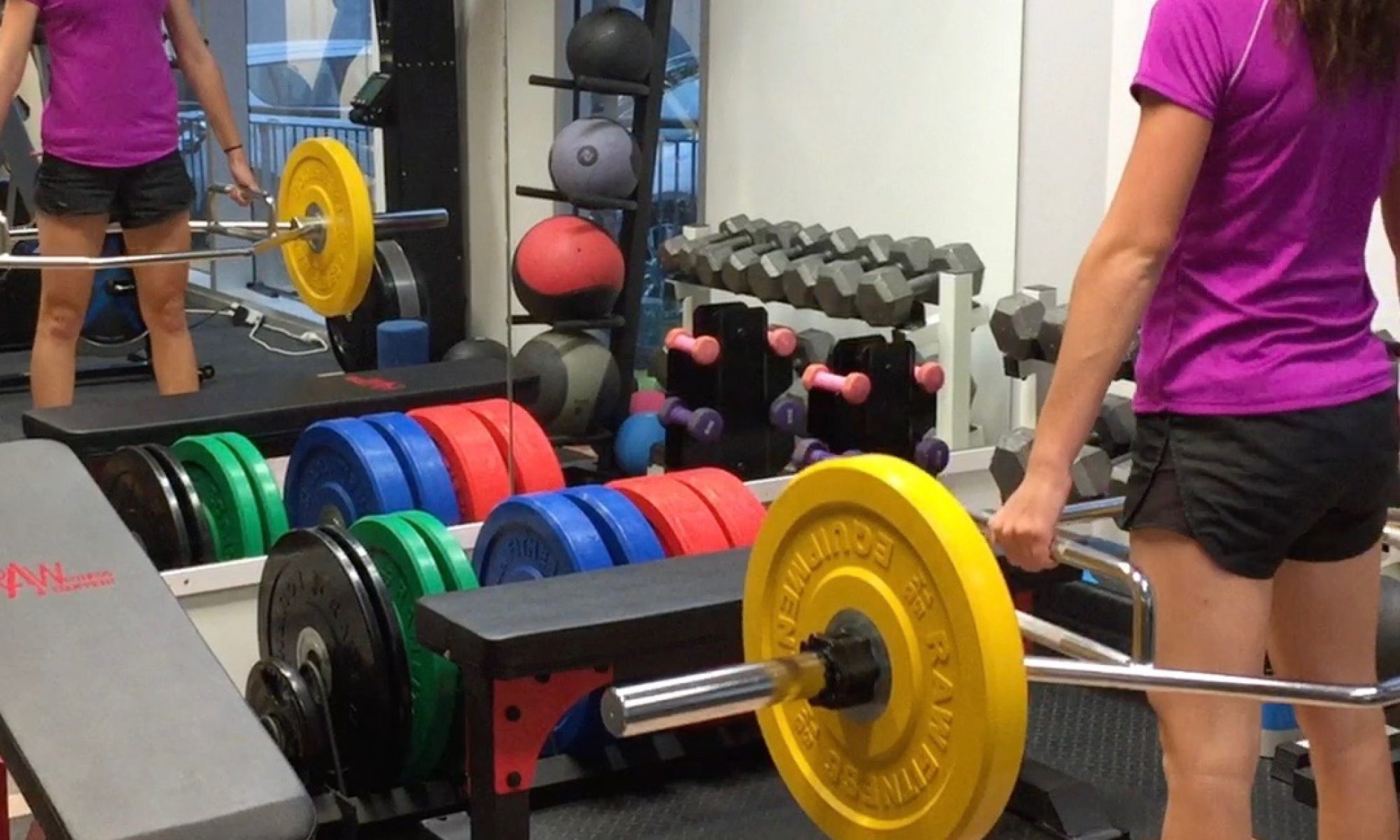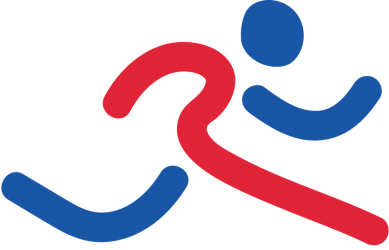Exercise and POTS
Postural Orthostatic Tachycardia syndrome (POTS) is an autonomic nervous system condition characterised by a rapid increase in heart rate upon transitioning from a reclined/seated position to standing. The heart reacts to the change in posture by increasing heart rate in response to the drop in blood pressure.
POTS is often tricky to diagnose and can take a while for people to get a diagnosis. Often is is diagnosed from this criteria:
- Symptoms must be present for at least 3 months
- A sustained increase in heart rate of at least 30bpm on standing
- There should not be drop in blood pressure >20mmHg/10mmHg- this is orthostatic hypotension.
- Other symptoms such as dizziness, light headedness, brain fog, nausea and vision changes are present
There is not a particular cause for POTS to develop, however there are some conditions that have an association with POTS; such as hypermobility, EDS, chronic fatigue, IBS and coeliac disease. POTS can also be influenced by environmental factors such as certain viruses, surgery, concussion and pregnancy. POTS can be debilitating; according to the Australian POTS foundation, 25% of those diagnosed with POTS are unable to attend school/university and work as a result. There is also no specific medication for POTS, however supervised exercise can play an important role in the management of POTS and associated symptoms.
Exercise is safe to do for those who have POTS and is important in maintaining and improving cardiovascular fitness and reducing deconditioning. Increasing leg strength and core strength is beneficial to assist with blood return. For those with POTS, peak oxygen uptake is generally lower, and during exercise may have an increase in heart rate and reduced stroke volume. Studies suggest that 3 months of exercise training can improve blood volume, cardiac size and mass, peak oxygen uptake and increased stroke volume. Regular exercise of 4 to 5 days per week have profound effects on cardiovascular structure and cardiac remodelling to manage symptoms associated with POTS.
Sources:
Exercise Right, n.d. How to Exercise with POTS. https://exerciseright.com.au/how-to-exercise-with-pots/
POTS foundation, n.d. Living with POTS. https://potsfoundation.org.au/living-with-pots/
Fu Q, Levine BD. Exercise in the postural orthostatic tachycardia syndrome. Auton Neurosci. 2015 Mar;188:86-9. doi: 10.1016/j.autneu.2014.11.008.


